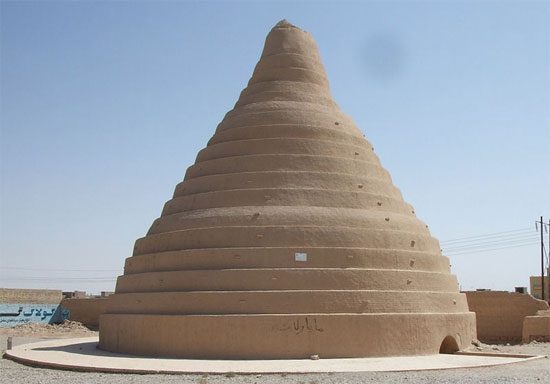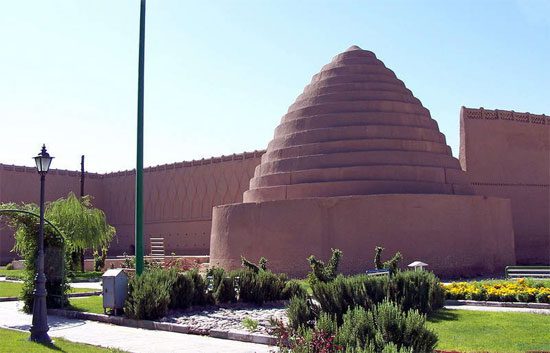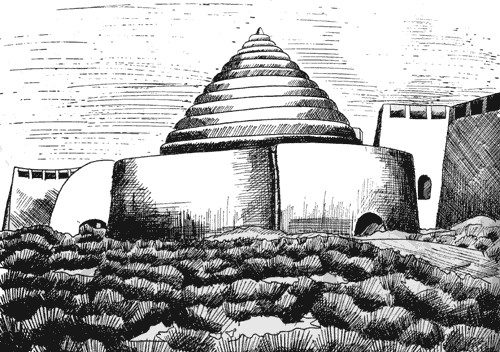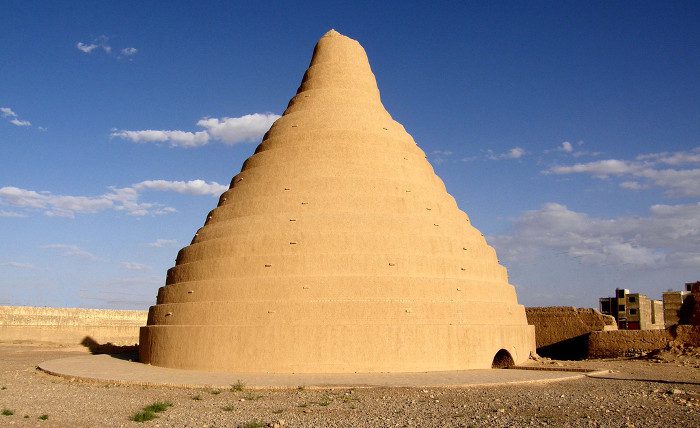Contrary to the belief that ancient civilizations were always stagnant compared to modern humanity, many scientists have gathered several examples to demonstrate the advanced thinking of people in the past.
There were many instances when ancient peoples showcased remarkable intelligence by inventing technologies for their daily lives. For example, the Incas had no written language; instead, they developed the quipu—a counting device made of strings and knots that helped track population numbers and livestock, and even recorded their folklore.
Technically, the complex architectural wonders of ancient peoples can still be found across most continents, from the pyramids of Egypt to underground cities like Derinkuyu in Cappadocia, Turkey.
Moreover, there is another excellent example of ancient ingenuity located in the Middle East—a cradle of human civilization and culture. Here, around the 4th century BCE, the ancient Persians invented something called the Yakhchal—an ancient refrigerator.
In 400 BCE, Persian engineers mastered the technology of storing ice during the summer months in the desert. Ice was brought down from the mountains in winter and stored in Yakhchal, also known as ice pits. These ancient “refrigerators” were used to store ice and food for consumption during the summer. Additionally, this ice was employed for medicinal purposes for royal family members.

Yakhchal – the ancient refrigerator of the Persians.
As a prominent structure, the ice pit – “refrigerator” was built from a mixture of mud and brick, featuring a dome shape. It reached a height of about 18 meters. Inside the pit, a deep hole was dug underground, roughly 5000m3, to store items. The Yakhchal has thick mud-brick walls, up to 2 meters thick at the base, created from a mixture of sand, clay, egg whites, lime, goat hair, and ash in moderate proportions. This mixture was effective in insulating against heat and preventing water seepage.
The Yakhchal operated as follows: a qanat, an underground irrigation system, would bring water to the ice pit, where it would freeze overnight. The ice blocks would then be crushed and stored in separate compartments, making them easy to transport when needed.

Most yakhchal have a wall constructed on the south side to avoid sunlight and keep the ice pit shaded.
Many yakhchal operated on a slightly different principle. Large blocks of ice would be transported down from the mountains in winter and stored in the ice pits. When the ice melted, channels beneath the pit would retain the water, which would freeze again at night, facilitating transportation.

Illustration of yakhchal.

Inside the pit, a deep hole was dug underground, about 5000m3 wide for storage.

The space inside yakhchal.
Most yakhchal had a wall built on the southern side to shield it from sunlight, keeping the ice pit shaded. Tall towers, known as Badgirs, were used in the ventilation system. By circulating hot air from the ground and cold air from the ice pit, badgirs functioned as thermoregulators, helping to control the temperature inside the yakhchal.
These types of yakhchal can be found abundantly in present-day Iran.


















































